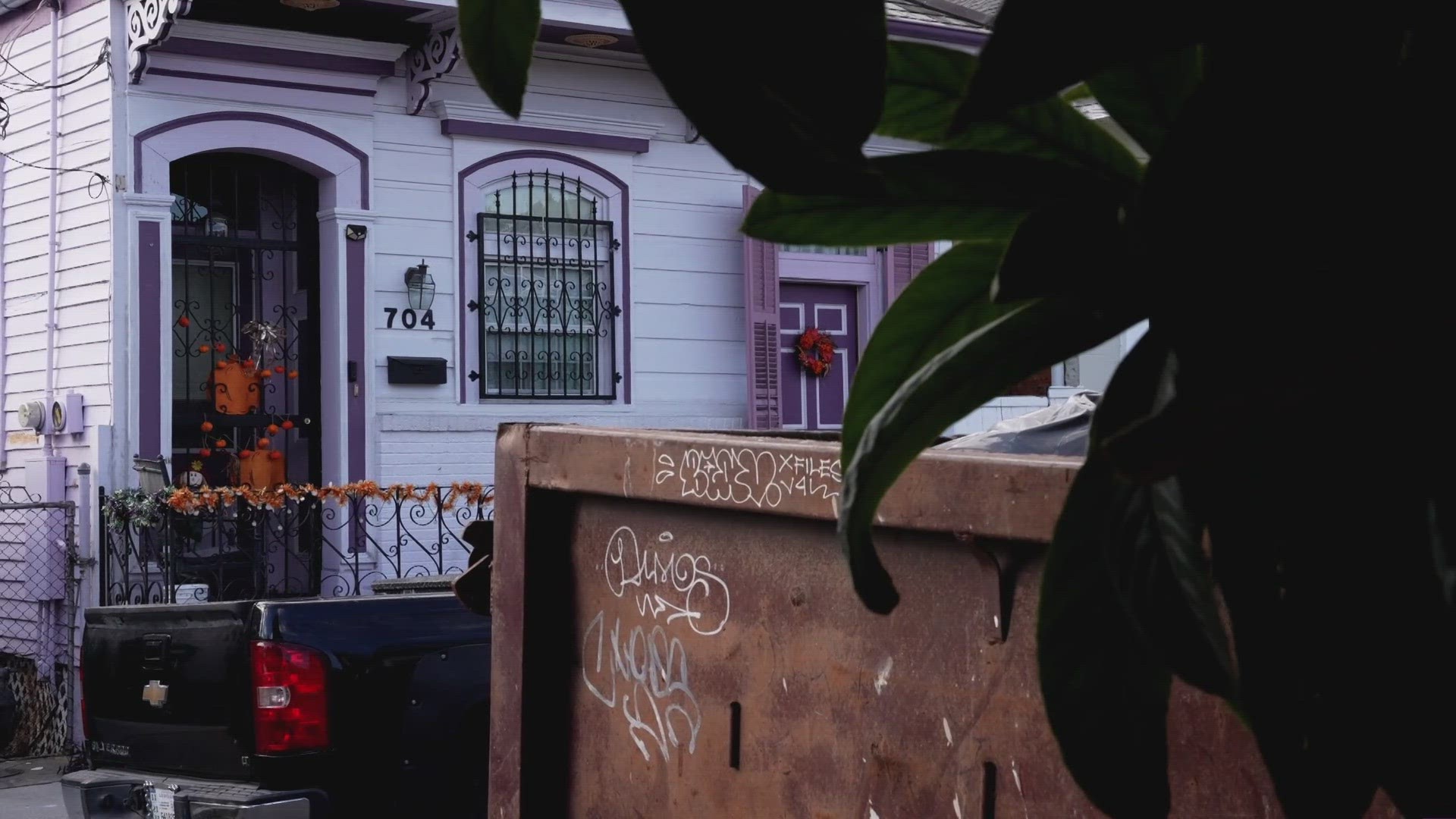NEW ORLEANS — Hurricane Katrina opened New Orleans up to become one of the most intensely gentrified cities in America.
In a 2020 study by the National Community Reinvestment Coalition, New Orleans ranked 5th in the country’s 20 most gentrified cities. New Orleans is now a city where the cost of living has surpassed the rate of pay for many and with the disparities and disadvantages exacerbated by Hurricane Katrina.
It wasn’t all due to Hurricane Katrina. Before the storm hit, New Orleans was facing an affordable housing crisis. Residents who lived in a low wage household then spent most of their money on housing. With the storm impacting a large portion of the city’s most vulnerable communities, it made finding affordable housing in the aftermath a challenge.
“We somehow managed to create a worse housing system than we had pre-Katrina. More vulnerability. More housing insecurity,” says Andreanecia Morris, Executive Director of Housing NOLA.
There was also more opportunity to further segregate the city through gentrification.
Gentrification has swept across America. Communities that were historically Black have made a dramatic shift in demographics across the board. New Orleans is no different and Hurricane Katrina sped up the process.
In a city of majority renters prior to the storm, those hoping to return home say they found themselves shut out or facing housing costs that were out of reach.
“We missed an opportunity post Katrina because there was no comprehensive plan about how we would ensure that renters had housing options,” says Cashauna Hill of the Louisiana Fair Housing Action Center.
“Instead, we spent the money to build up neighborhoods that were already gentrifying without protecting long term residents.”
Residents like Zena Moses who is a self-proclaimed, home grown New Orleanian who says moving back to the city after the storm was troubling. Now, staying in New Orleans is presenting even more of a challenge.
“When I was trying to find a place, I was like, ‘I'm on assistance,’ you know and that have a stigma all by itself, people just like, ‘I don't want to rent to anybody with a voucher,’” said Moses.” So, I'm like, ‘I have money saved, it shouldn't be as hard for me to find because a lot of people in my position don't even have any savings.’ So, I should be able to find something.
One month, two months passed and I'm sweating bricks No one's willing to accept the voucher, the cost of living is double at this point and my income hasn't doubled.”
Stories like Zena's unfortunately aren't unique for some lifelong New Orleanians. Before the storm, renters with severe housing cost burdens stood at 23% in Orleans Parish. In 2022 it spiked to 35%. In a city where the median income only nudged a couple thousand dollars over the past few years.
“We're just not put into position there. We don't have a fight or even playing field to compete with this,” says Moses.
There is a contingent of homeowners who do have the resources and they found Hurricane Katrina to be the perfect housing opportunity.
St. Roch and St. Claude are just two neighborhoods that not only altered physically post-Katrina, but economically.
“This area is trending upwards in terms of income,” says Dr. Eric Johnson. “Oh, wow, this is a great place to open a new coffee shop or to put a new grocery store because they see where this is going.
It isn't the only community actively gentrifying in New Orleans. According to the National Community Reinvestment Coalitions Gentrification and Disinvestment report done in 2020, neighborhoods like Treme, Central City, the 7th Ward and the Irish Channel are just some of the 13 neighborhoods undergoing gentrification.
“These were neighborhoods that were historically undervalued, that were the majority black neighborhoods,” says Max Ciardullo. “They were neighborhoods, like the ones near the port and they were neighborhoods that we called the sliver near the river, which had become some of the hottest neighborhoods near the city because they didn't flood during Katrina.
They just invested more resources into those neighborhoods and supercharged them and added more value to them. When that happened most of them were majority Black, but those land values, home values and rents doubled and tripled, and they became white neighborhoods almost overnight.”
The influx of investment led to a rise in property values and just this year we learned how that rise could cost all of us.
There was an uproar when homeowners across the city received their property tax bills. The citywide assessment of New Orleans property values showed the total value of city properties increased by 23 percent since the last assessment in 2019.
Which could potentially make residents even more housing insecure.
“America has been bred and read off of this. They used to letting people develop a land, develop a system in that land, and they come in swipe that land,” says Zena Moses. “So it has happened from city to city, it has happened from state to state, and now what's happening from neighborhood to neighborhood right here home.”

